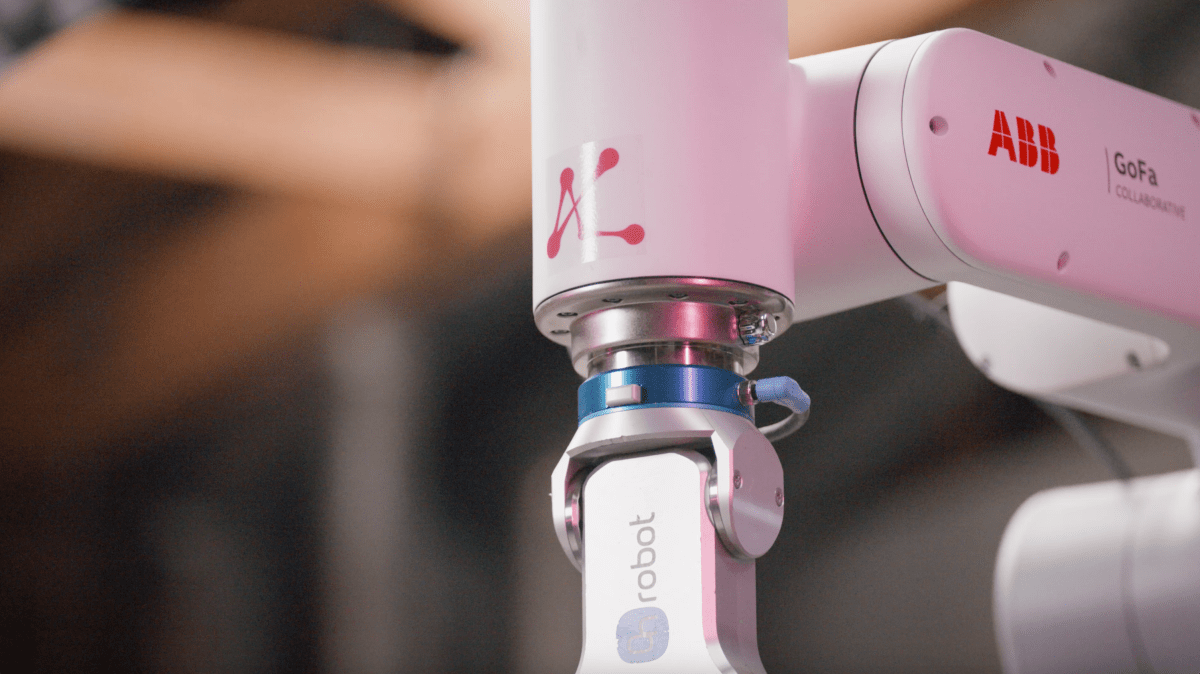
gl d is building an autonomous shortcut Glīd Technologies is revolutionizing freight transportation by developing an autonomous system designed to streamline the transition of cargo from road to rail.
gl d is building an autonomous shortcut
Identifying the Challenge in Freight Transportation
The logistics of moving freight have long been hampered by inefficiencies, particularly in the transfer of containers from ships to freight trains. Damoa, the founder of Glīd Technologies, recognized this issue as a significant bottleneck in the supply chain. The traditional process involves multiple steps, each fraught with potential delays and complications. This complexity not only increases costs but also contributes to environmental concerns, as trucks often sit idle, contributing to emissions.
The Multi-Step Process
To fully appreciate the innovation Glīd is bringing to the table, it is essential to understand the current process involved in moving freight:
- Arrival at Port: Containers arrive via ship and are unloaded at the port.
- Transfer to Truck: After unloading, containers are transferred to trucks for transport to rail yards.
- Rail Yard Operations: Once at the rail yard, containers must be sorted and loaded onto trains.
- Final Delivery: After reaching the destination rail yard, containers are again transferred to trucks for final delivery.
This multi-step process can lead to significant delays, increased costs, and a larger carbon footprint. Damoa’s vision for Glīd is to create a more efficient, streamlined method that minimizes these issues.
Glīd Technologies: A Vision for the Future
Founded with the goal of simplifying the freight transfer process, Glīd Technologies is leveraging cutting-edge technology to create an autonomous system that can efficiently move containers from road to rail. This innovative approach aims to reduce the reliance on manual labor and enhance the speed and reliability of freight transportation.
Autonomous Technology in Freight Movement
The core of Glīd’s innovation lies in its autonomous technology, which is designed to handle the complexities of freight transfer with minimal human intervention. By utilizing advanced robotics, artificial intelligence, and machine learning, Glīd aims to create a seamless transition between different modes of transportation.
Key features of the autonomous system include:
- Automated Loading and Unloading: The system can autonomously load and unload containers from trucks to trains, significantly reducing the time spent in transfer.
- Real-Time Monitoring: Sensors and AI algorithms provide real-time data on container status, location, and estimated transfer times, allowing for better planning and coordination.
- Reduced Labor Costs: By minimizing the need for manual labor, Glīd can lower operational costs, which can be passed on to customers.
Environmental Implications
The logistics industry is under increasing pressure to reduce its carbon footprint. Traditional freight transportation methods contribute significantly to greenhouse gas emissions, particularly during the transfer process. Glīd’s autonomous system aims to mitigate these environmental impacts by optimizing the transfer of containers and reducing the number of trucks on the road.
By streamlining the process, Glīd not only enhances efficiency but also supports sustainability goals within the logistics sector. The potential reduction in emissions could be substantial, making Glīd a key player in the push for greener transportation solutions.
Stakeholder Reactions
The reaction from stakeholders in the logistics and transportation sectors has been largely positive. Industry experts recognize the need for innovation in freight transportation and see Glīd’s approach as a promising solution to longstanding challenges.
Logistics companies are particularly interested in the potential cost savings and efficiency gains that Glīd’s technology could provide. By reducing transfer times and labor costs, companies can improve their bottom line while also enhancing service levels for customers.
Market Potential and Competitive Landscape
The market for freight transportation is vast and growing, with increasing demand for efficient and sustainable solutions. According to industry reports, the global logistics market is expected to reach $12 trillion by 2027, driven by e-commerce growth and rising consumer expectations for faster delivery times.
In this competitive landscape, Glīd Technologies is positioning itself as a leader in autonomous freight movement. While several companies are exploring automation in logistics, Glīd’s focus on the specific challenge of transitioning containers from road to rail sets it apart.
Challenges Ahead
Despite the promising outlook, Glīd Technologies faces several challenges as it seeks to bring its autonomous system to market. Regulatory hurdles, technological limitations, and the need for industry-wide collaboration are just a few of the obstacles that could impact the company’s progress.
Regulatory frameworks governing transportation and logistics vary significantly across regions, and navigating these regulations will be crucial for Glīd’s success. Additionally, the technology must be rigorously tested to ensure safety and reliability before it can be widely adopted.
Future Developments and TechCrunch Disrupt 2025
As Glīd Technologies prepares to showcase its innovations at TechCrunch Disrupt 2025, the company is poised to attract significant attention from investors, industry leaders, and potential partners. The event provides a platform for Glīd to demonstrate its technology and articulate its vision for the future of freight transportation.
In the lead-up to the event, Glīd is expected to unveil additional details about its autonomous system, including pilot programs and partnerships with logistics companies. These developments could further solidify Glīd’s position in the market and pave the way for future growth.
Conclusion
Glīd Technologies is at the forefront of a transformative shift in freight transportation. By addressing the inefficiencies inherent in the multi-step process of moving containers from road to rail, the company is poised to make a significant impact on the logistics industry. With a focus on autonomous technology, sustainability, and operational efficiency, Glīd is not only enhancing the speed and reliability of freight movement but also contributing to a greener future.
As the company prepares for its presentation at TechCrunch Disrupt 2025, all eyes will be on Glīd to see how it plans to navigate the challenges ahead and capitalize on the growing demand for innovative logistics solutions.
Source: Original report
Was this helpful?
Last Modified: October 28, 2025 at 1:39 pm
1 views















